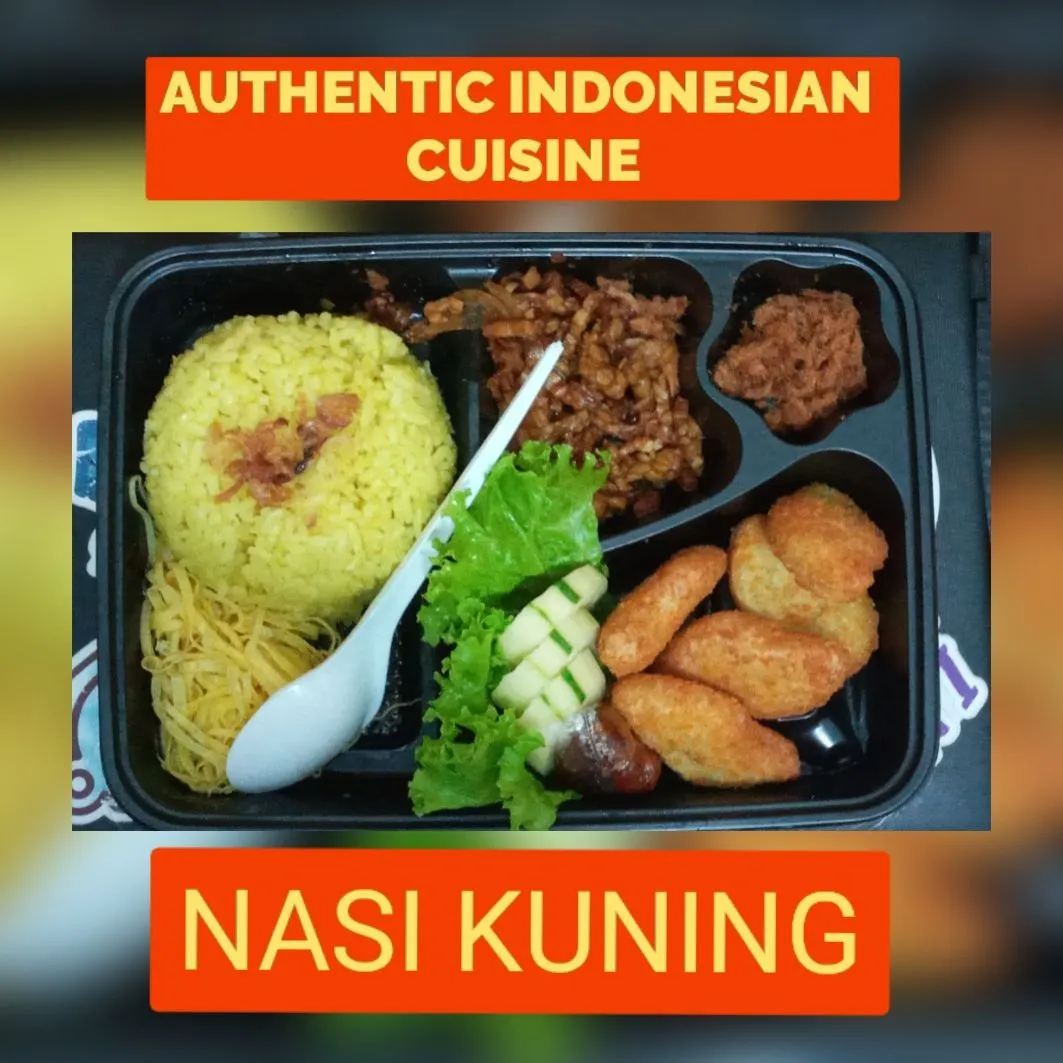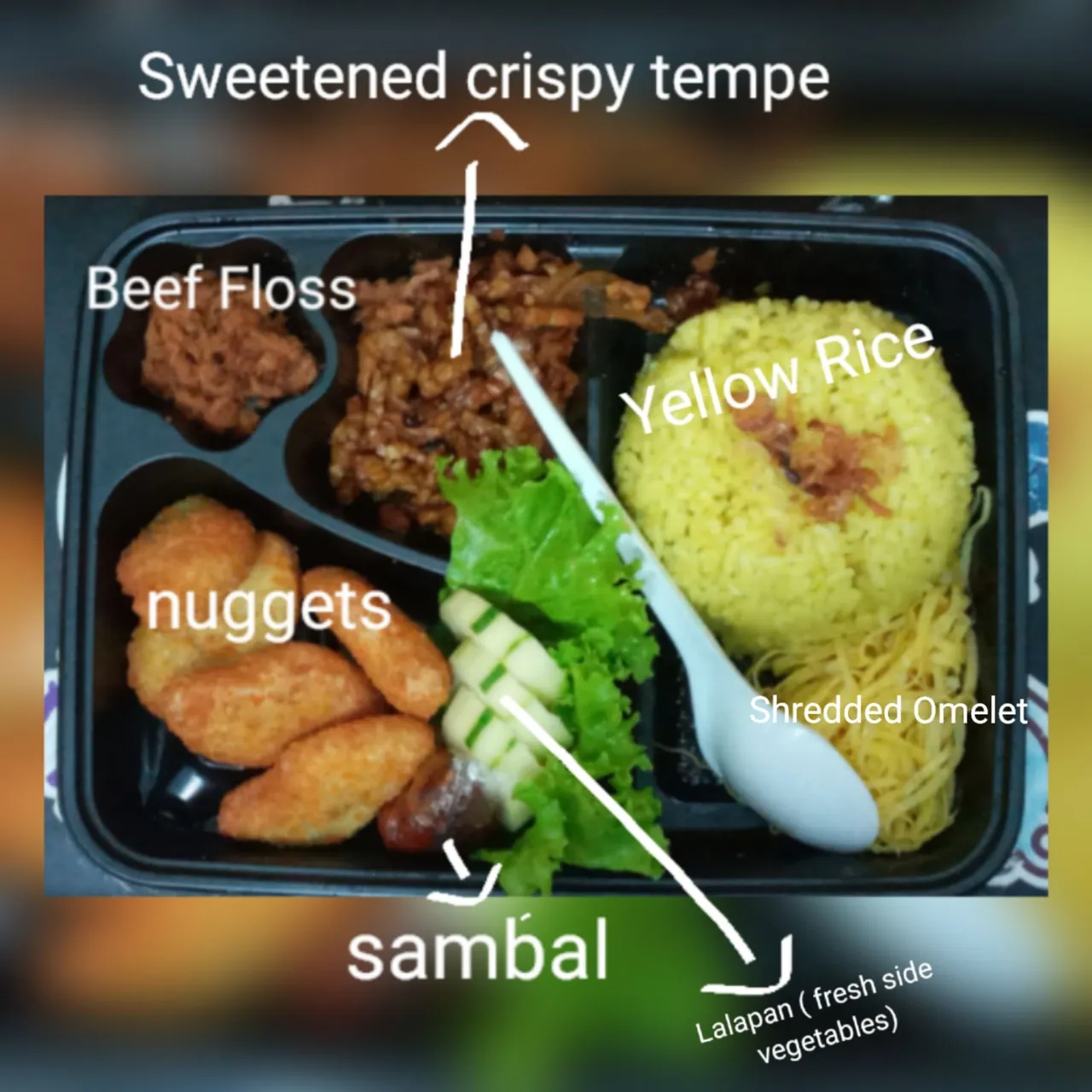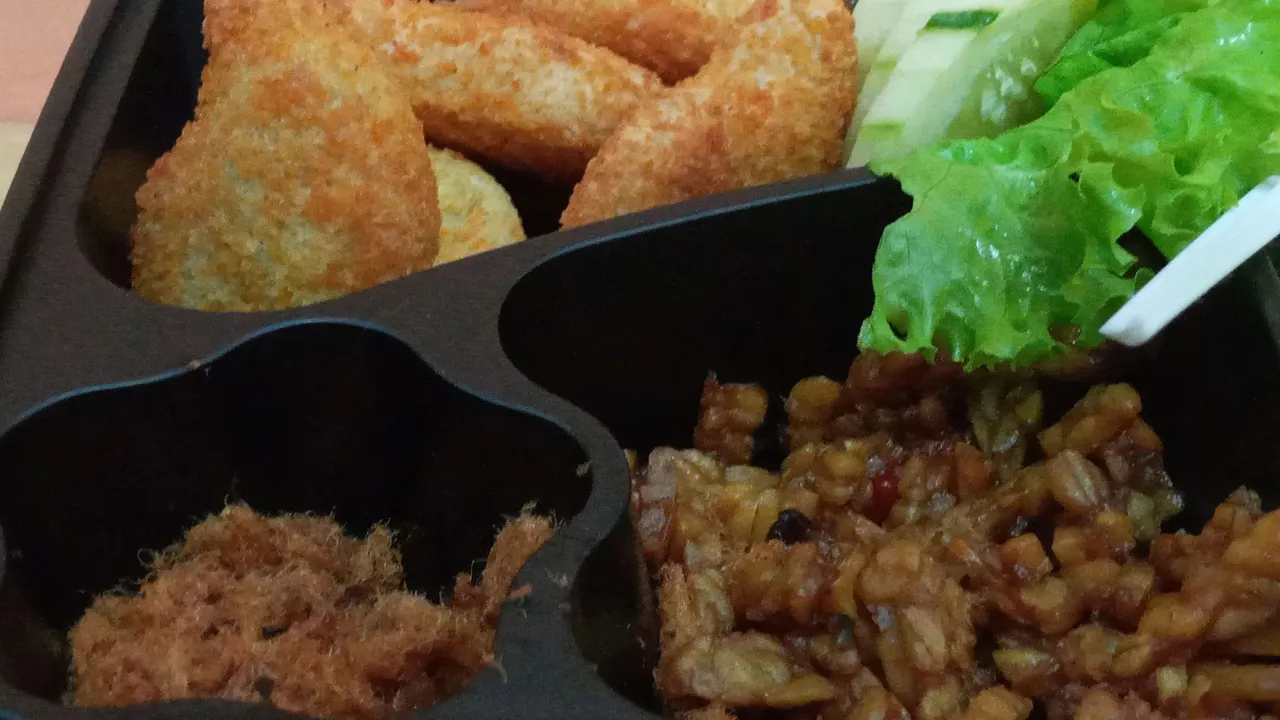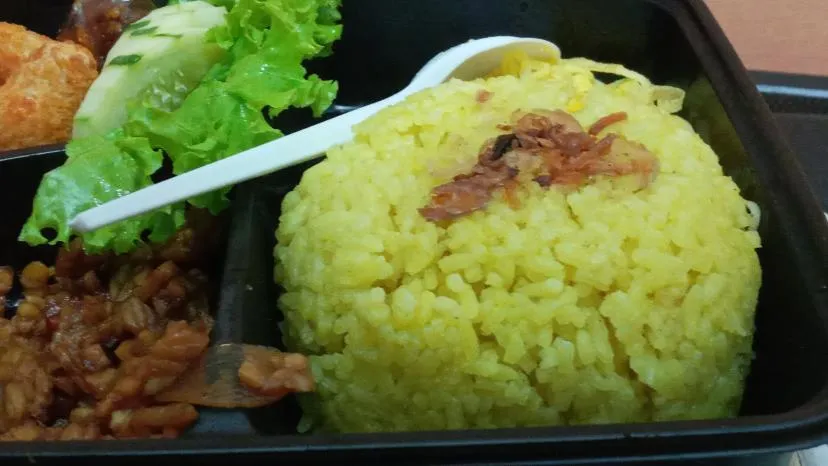
Nasi kuning is an authentic Indonesian food that has existed for hundreds of years. The naming of this dish originated from the rice color. A lot of Indonesian food naming is also based on its color or shapes. Like Nasi Kuning, Nasi itself means Rice and Kuning is Yellow in English hence, Nasi Kuning. So, today I will take you to explore this savory delicious dish from Java Island, Indonesia.
This aromatic yellow rice doesn’t get that much press compared to rendang, nasi goreng, and soto. But I think this local dish is worth highlighting because of its history and that it has philosophical meanings. This dish originates from Java but can be found in many places around Indonesia. Nasi kuning is often served during special celebrations, marriage,events, thanksgiving events,and birthday celebrations. It would be pretty weird to see a special event without this dish being present, especially on Java island.
I remember as a child, my mom would always get Nasi Kuning to distribute it to my classmates on my birthday. Another case I know is, during marriage rituals and ceremonies, they also serve nasi kuning as a symbol of an everlasting marriage. Apparently, each of the ingredients also contain meaning from communication to good wishes when it’s served during the marriage ceremony. Another case is that it is always present during a cafe opening or restaurant launching that could mean a wish for good fortune for the business. So, this dish is actually an important dish in the Indonesian culture and tradition.
Nasi kuning is steamed rice cooked in turmeric with spices and coconut milk. It is served with plenty of side dishes such as shredded omelette, sweetened crispy tempe, potato fritters, Javanese style fried chicken, samba (spicy Indonesian sauce), lalapan (fresh cut vegetables), and fried anchovy with peanuts. But overtime, there’s a modern or fusion version from Nasi kuning. Instead of using the Javanese style fried chicken, some vendors sell it with nuggets or sausage. And there’s also shrimp crackers to accompany the dish.
Here’s the look to the dish and I have put the text to indicate which is which.

 |  |  |
The one I got was quite a modern version of Nasi kuning. Though, in that place, they also serve Nasi Kuning with Javanese style fried chicken but I was choosing nuggets. Beef floss is also a fusion version of it because it’s not quite often that we get beef floss in a traditional version of Nasi kuning. The only thing missing from this Nasi kuning is the potato fritters. It’s basically mashed potato with spices and deep fried into a round shape.
When it comes to the taste, it’s a mixture of rich flavor. There is sweet from the tempe and the sweetened peanuts , bland from the vegetables, savory from the rice, spicy from the sambal and umami from the meat(chicken or beef). So, it’s a rich flavor dish that will take your mouth traveling to different tastes. If you ever have the chance to get this Nasi kuning, I would definitely recommend it.
Nasi kuning is something that you have to try when visiting Indonesia. Many foreigners often miss this dish while only focusing on more famous ones like Rendang, nasi goreng, gado-gado but this dish is worth trying too. It’s really filling and quite nutritious.
So, that’s all about Nasi Kuning, if you still have more questions, let me know!

 | Mac covers technology, philosophy, nootropics, books, productivity, minimalist lifestyle, cybersecurity, and languages. Other than those, she is passionate about cooking and travel. In her free time, she enjoys learning various things. Hive is the only social media and blog that she has. |